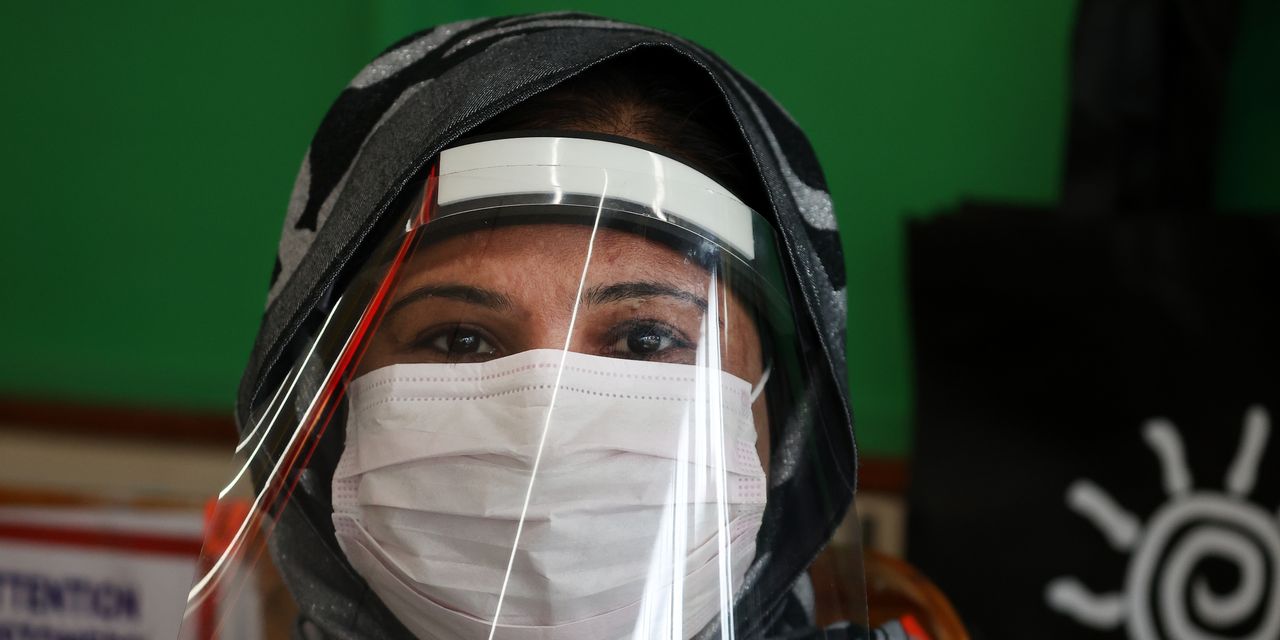
As white-collar workplaces debate the future of hybrid work with more than half of U.S. adults fully vaccinated, a new analysis provides a reminder that access to remote work during the pandemic has been a privilege for a lucky few, not the norm.
Just one in five U.S. workers are able to work remotely due to the pandemic, according to a report from the left-leaning Economic Policy Institute, which analyzed U.S. Bureau of Labor Statistics data from May 2020 to April of this year.
Of course, the ability to telework once COVID-19 hit was not created equally — and disparities, falling along demographic dimensions like education and race, have endured over the course of the pandemic.
About six in 10 workers with at least a bachelor’s degree were able to work remotely toward the start of the pandemic, compared to just 12% of workers with a high-school diploma or less. While the overall share of people teleworking declined over the ensuing months, a sizable gap between the two groups remains (34% versus 5%, respectively).
“ ‘It’s important to keep in mind who has been most shielded from the economic and health devastation of the pandemic recession.’ ”
Workers making low wages, who also often have lower educational attainment, were hit hard by job losses early in the public-health crisis, EPI said. Workers without college degrees tend to work in jobs that aren’t conducive to remote work, the think tank added, meaning “those who are able to remain or become employed are forced to work in unsafe conditions.”
Workers of different races and ethnicities have also had varying levels of access to remote work during the pandemic, with 15% of Hispanic workers, 20% of Black workers, 26% of white workers and 39% Asian-American and Pacific Islander workers reporting they worked from home.
In fact, regardless of their educational attainment, Black and Hispanic workers were less likely to be teleworking, the analysis found.
“Some of these disparities can be directly linked to job losses within the Hispanic community, as research shows that there is a much smaller share of Hispanic workers that have been able to work from home during the pandemic,” EPI said. “A similar story can be told for Black workers who were already much less likely to have a job where they could work from home pre-COVID compared with white workers.”
Workers of color are overrepresented in essential jobs
Workers of color are overrepresented in essential jobs that require them to commute to work outside the home, the U.S. Centers for Disease Control and Prevention point out, a factor that may contribute to racial and ethnic health disparities related to COVID-19.
Women were also more likely to telework than men. Younger workers (ages 16 to 24) were the age group least likely to telework, and U.S. citizens were more likely to work from home than non-citizens.
Earlier studies have also shown that a majority of workers, particularly those with lower and middle incomes and those with lower educational attainment, have job responsibilities that can’t be performed from home.
Remote work’s broader implications for the economy and labor market have yet to be determined, wrote Economic Policy Institute senior economist Elise Gould and research assistant Jori Kandra.
But, they added, “it’s important to keep in mind who has been most shielded from the economic and health devastation of the pandemic recession — and underscores why policymakers must build an economy that works for everyone now, not just for those we know and can see, and before the next disaster strikes.”
As for those who do have the privilege of working from home, nearly seven in 10 current remote workers say they would feel comfortable coming back to the office, according to the most recent polling by Morning Consult. Eight in 10 current remote workers say they enjoy remote work, and seven in 10 say they’re more productive working remotely.
About 20% of work in the U.S. after the pandemic will be performed remotely, estimated a recent report distributed by the National Bureau of Economic Research.
Related: Companies and employees appear to have starkly different ideas about where they’ll work post-COVID





